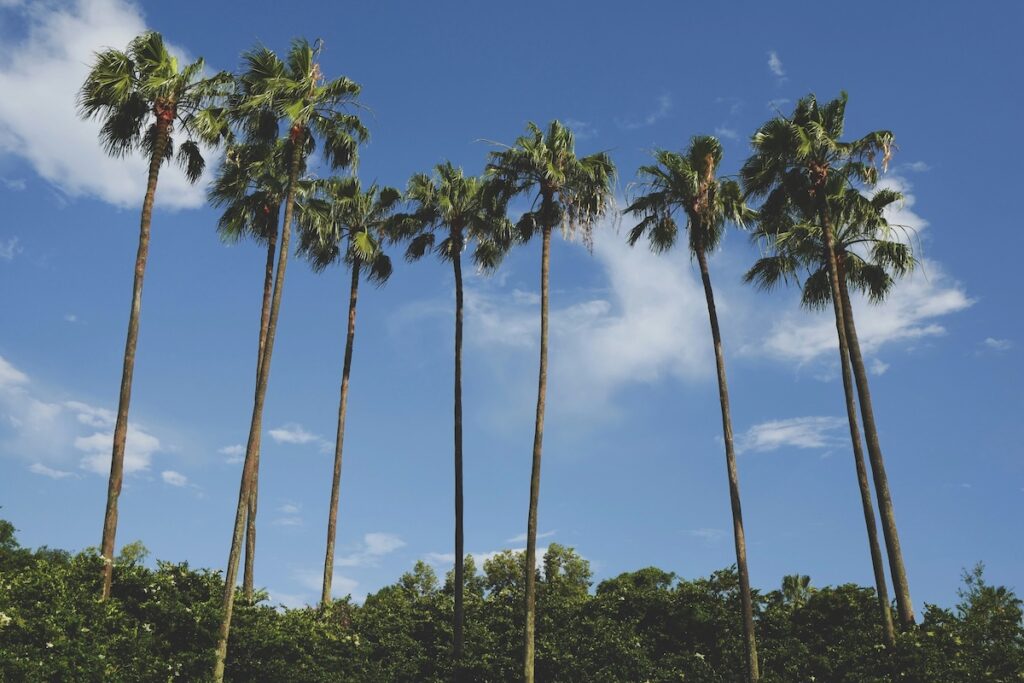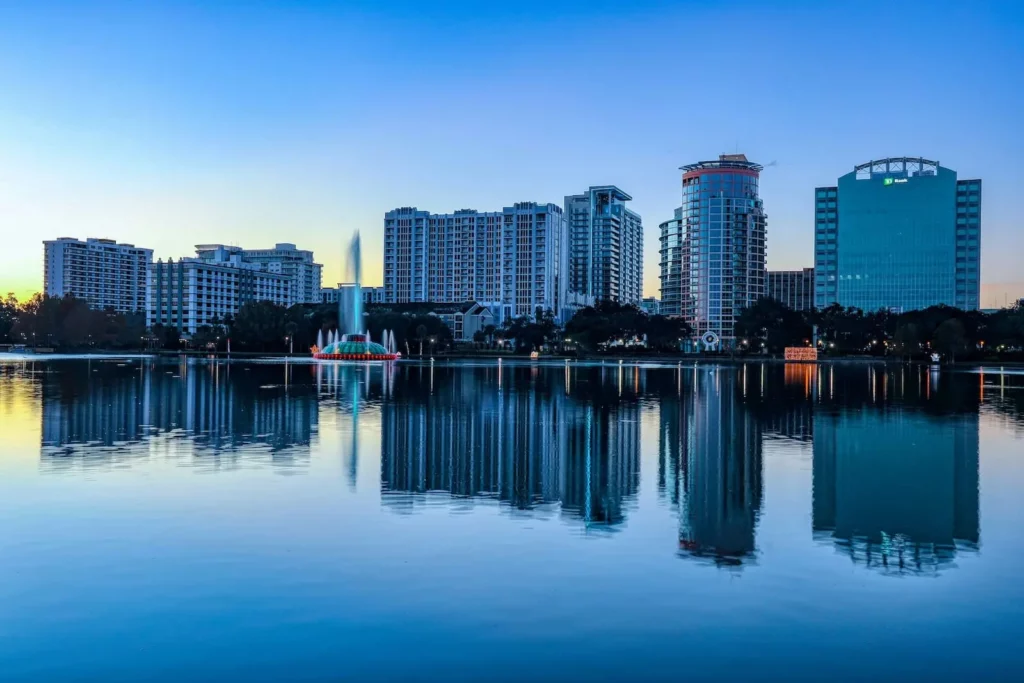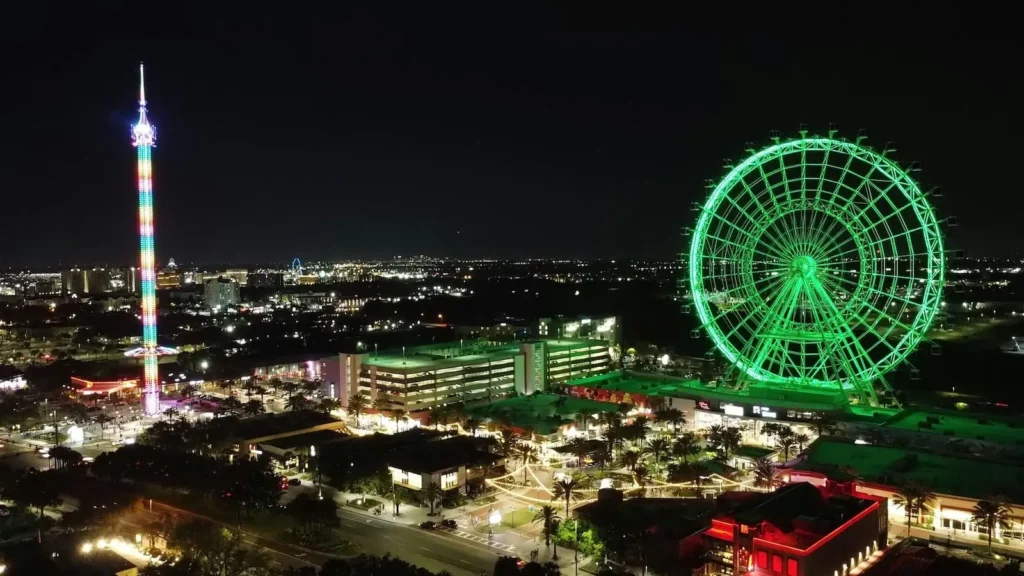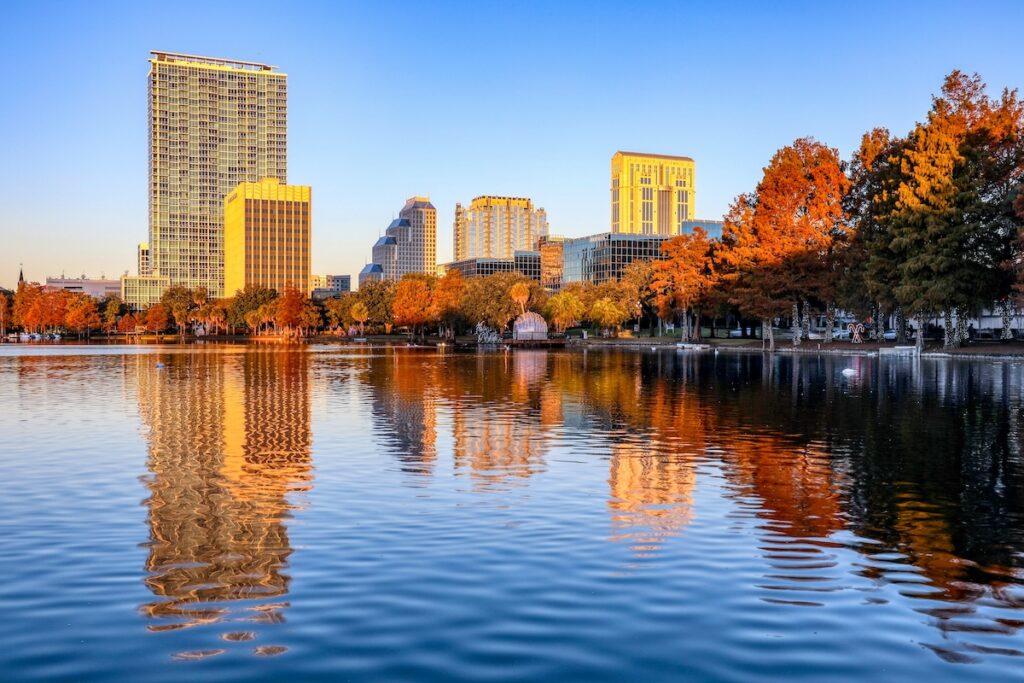
From Citrus Groves to Theme Park Capital
Orlando, Florida, may be known today for its dazzling theme parks and family-friendly attractions, but its history is as vibrant and colorful as its modern skyline. Long before the bright lights of Walt Disney World lit up the area, Orlando was a quiet land of swamps, orange groves, and rich history. For tourists eager to explore beyond the rides, uncovering the unique and quirky past of this iconic city adds another layer of magic to any visit.
The story of Orlando begins with its earliest inhabitants, the Timucua people. This Native American tribe lived off the land’s lush resources, fishing in the lakes and hunting in the forests. By the mid-1500s, European settlers arrived, bringing change to the area as Spanish explorers began claiming parts of Florida. Over the centuries, the land passed between Spanish and British control until Florida officially became a U.S. territory in 1821.
Orlando’s name is one of its most enduring mysteries, with multiple stories vying for credit. One of the most popular legends is that the city was named after Orlando Reeves, a soldier who died in the Second Seminole War in the 1830s. Another story suggests the city was named after the Shakespearean character Orlando from As You Like It. While the exact origin may never be known, this enigmatic history adds a sense of charm and intrigue to the city’s identity.
By the late 1800s, Orlando began to grow, thanks to its citrus industry. Imagine lush orange groves stretching as far as the eye could see, with the sweet aroma of citrus blossoms filling the air. Orlando became the heart of Florida’s citrus boom, and the city flourished as settlers arrived to take advantage of the rich agricultural opportunities. The arrival of the South Florida Railroad in 1880 made transportation of goods easier, and Orlando became a bustling hub for citrus production. Even today, the influence of this citrus past is felt throughout the city, with nods to the orange groves in local artwork, attractions, and the iconic orange featured on the Florida state license plate.
While the citrus boom was fruitful, Orlando’s golden era truly began in the mid-20th century with the arrival of Walt Disney. In the 1960s, Walt Disney quietly purchased acres of land in Central Florida, sparking whispers of a grand project. In 1971, those whispers turned into roars of excitement as Walt Disney World opened its gates. Overnight, Orlando was transformed from a quiet town into one of the most visited destinations in the world. Tourists flocked to see Cinderella Castle, meet Mickey Mouse, and immerse themselves in the magical world of Disney.
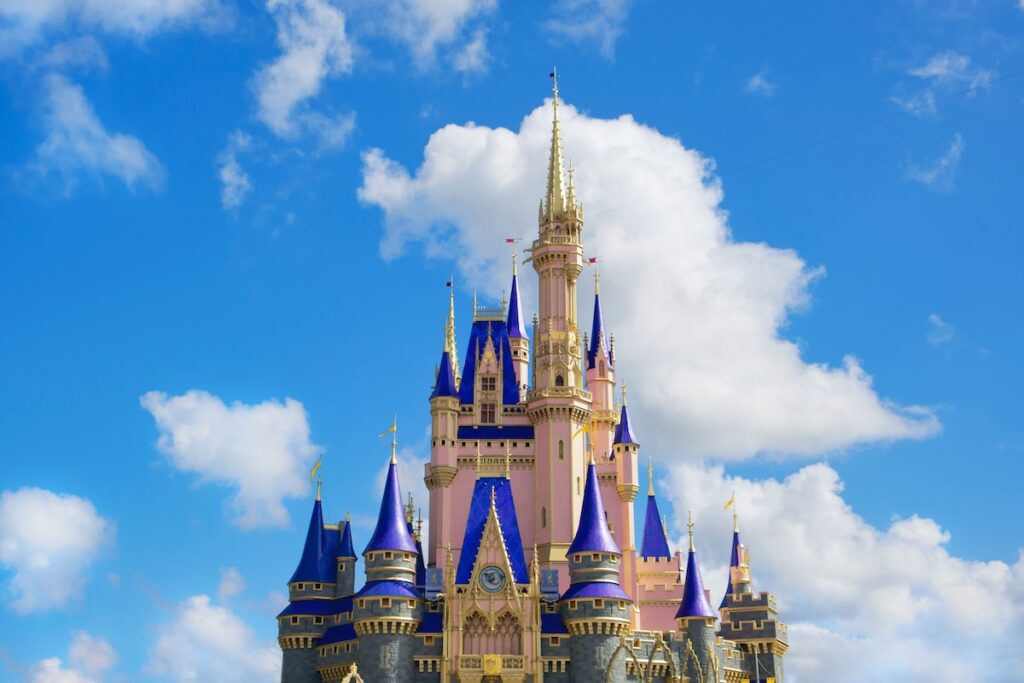
Following Disney’s success, other major attractions quickly followed. Universal Studios brought the magic of Hollywood to Orlando in the 1990s, adding to the city’s reputation as a must-visit destination. SeaWorld Orlando also emerged as a family favorite, giving visitors the chance to experience marine life up close. Today, Orlando is proudly known as the Theme Park Capital of the World, with millions of visitors traveling from across the globe to experience its one-of-a-kind attractions.
But there’s more to Orlando’s history than theme parks and oranges. Did you know Orlando was once home to the largest military training base in the South during World War II? The Orlando Army Air Base trained thousands of soldiers, and remnants of this era can still be seen in areas like the Orlando Executive Airport, which once served as a wartime facility. This lesser-known chapter of Orlando’s history is a fascinating reminder of the city’s diverse contributions to the nation.
Another unique aspect of Orlando’s history is its connection to space exploration. Located just an hour from Kennedy Space Center, Orlando played a crucial role during the Space Race of the 1960s and beyond. The city became a gateway for those traveling to witness rocket launches, cementing Florida’s reputation as the home of innovation and adventure. Even today, visitors can feel the influence of this history by making a day trip to the Space Coast or visiting Orlando’s science museums, which pay tribute to mankind’s quest for the stars.
Beyond its historical milestones, Orlando is also known for its quirky and unique attractions that reflect its rich past. Take Gatorland, for example, one of the city’s oldest attractions. Founded in 1949, this “Alligator Capital of the World” celebrates Florida’s swampy roots with thrilling gator shows and encounters. It’s a slice of old Florida charm that has stood the test of time.
Another fun fact about Orlando is its nickname, “The City Beautiful.” While the origin of this name is debated, it’s often attributed to the city’s stunning natural lakes, lush landscapes, and friendly atmosphere. Visitors can experience this beauty firsthand at Lake Eola Park, located in downtown Orlando. The iconic swan boats and towering fountain offer a glimpse into the city’s blend of natural and urban charm.
Orlando’s history is as layered as it is entertaining, offering something for every kind of traveler. Whether you’re wandering through the vibrant streets of downtown, exploring the citrus-inspired history of the region, or marveling at the magic of its theme parks, Orlando is a city that continues to evolve while honoring its past.
Ready to explore this fascinating city? Learn more about Orlando’s history and top attractions at OrlandoVisitorsGuide.com and start planning your adventure today!



